
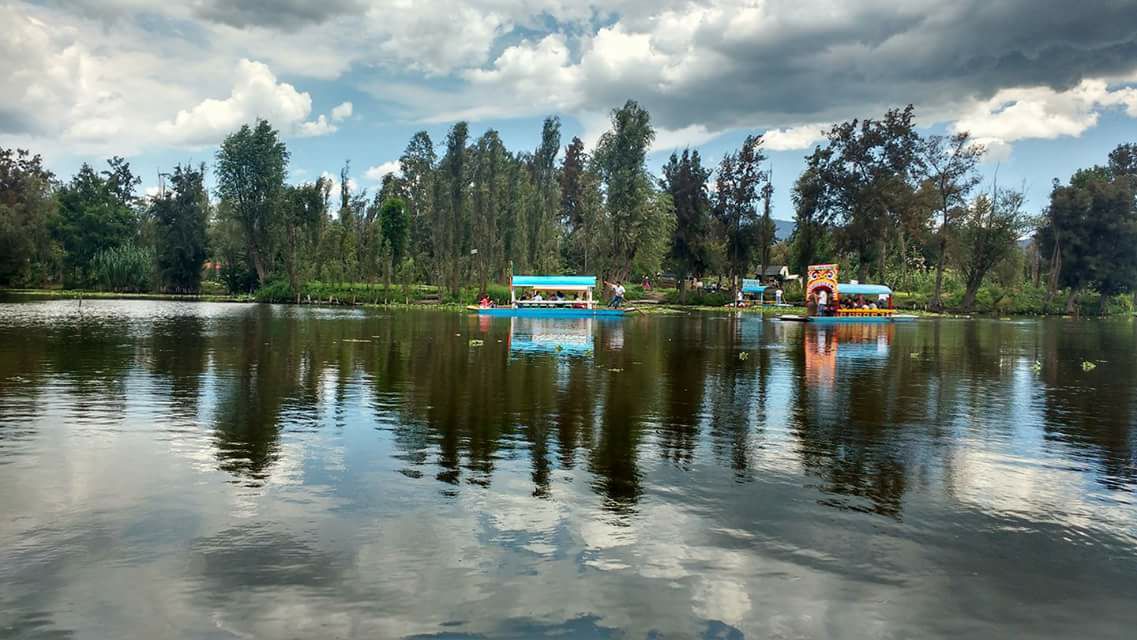
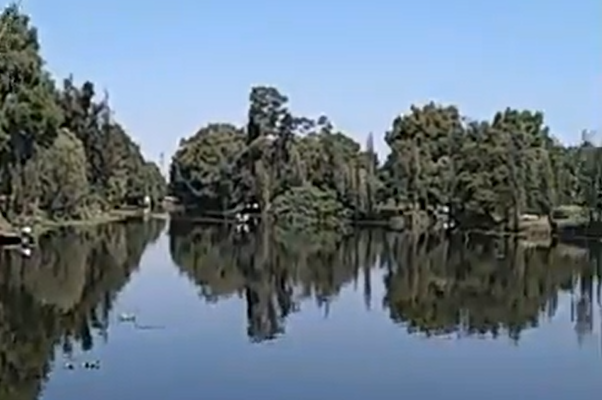
Photos: Alcaldía Xochimilco
The Toro Lagoon, literally the Lagoon of the Bulls To is one of the most legendary places in the Center of Xochimilco. The legends go well back into the colonial period, even to its very beginnings. The actual physical location is disputed. We’ve placed the marker on the map at the site that is most obviously a lagoon, but as Xochimilco’s islands float, or at least shift, they tend to move over periods of time.
The original lagoon is thought to have been directly northwest of the Fernando Celada Boat Launch. Today, it’s a neighborhood of four conjoined chinampas, but one can still see in satellite imagery that that four were once bisected. Today all that remains in the peripheral canal encircling the neighborhood, but likely outlining the old lagoon. What gets called the lagoon today is just a bit further directly north on the same main canal leaving the launch.
The legends begin with the tossing of the old “idols” into the canals as the Franciscans arrived in the 1520s and 30s. Religious art work is not unheard of in the canals, but very few have ever been excavated. The only part of Xochimilco to be extensively excavated is Xaltocan, which is how the archaeological museum ended up there.
But important and populated ancient Xochimilco undoubtedly had a profusion of ceremonial and decorative arts. And it’s not difficult to imagine that the easiest way to dispose of most of this artwork in the event of a regime change would be to toss them into the muddy depths.
Local lore tells, thereafter, of a Bull emerging from the depths of the Lagoon each year at midnight on June 24th. That’s the feast day of Saint Bernard of Siena, the patron of the local cathedral. There’s no question that the legends survive because they were told to delight, bewilder, and terrify younger members of the Xochimilco community over many, many generations.
The legend later got picked up and attached to the Zapatista armies. Troops were nearly always present in Xochimilco during the Mexican Revolution and the area is still associated with a degree of agricultural rebellion and independence. Zapatista troops are said to have blown horns that sounded like the bellow of the bull. And they may have even developed a technique of blowing across their shotgun barrels to emit a similar sound.
Today, the Laguna del Toro name is sometimes still used to refer to the entire south of the Barrio San Marcos Extension (Colonia Ampliación San Marcos). That’s the nearest chinampa section of the barrio, and operated as local farm fields until the mid-20th century. The Toro Lagoon itself is only really accessible from the Celada Boat Launch, although one may ask at the other boat launches if they’re likely to venture into this area. It’s such a folkloric and original place that many of them are likely to come this way.
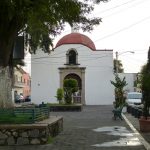
Nearest at 0.79 kms.
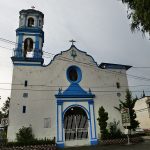
Nearest at 0.80 kms.

Nearest at 0.83 kms.
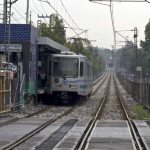
Huichapan's light rail stop on the avenida 20 de noviembre . . .

A station named for the most famous resident of San Marcos Tlaltepetlalpan, Xochimilco.
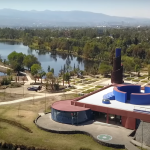
A museum to celebrate the diversity of Xochimilco's famous eco-systems.
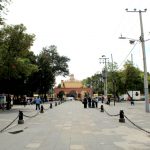
A giant plaza and open-air forum in the very center of ancient Xochimilco.
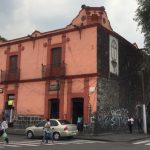
One of the oldest houses in Mexico City, and a unique take on Xochimilco...